"Bronze Dancing Faun"
The figure of the faun, totally naked, is concentrated in the dance. The right arm raised and bent at the elbow, the left arm at the side and flexed. In the hand were the musical instruments that accompany the dance, the cymbals, two bronze discs slightly larger than the hand which were struck together. The right leg is bent because it rests on the kroupezion, a wooden sandal used to mark time in the dance; a metal plate was attached to the sole to make the sound produced louder and clearer. Next to the extended left leg we find the prop of the work in the shape of a tree trunk. The head is forward and slightly bent towards the left side.
The work presents a work attentive to naturalistic detail. The anatomy is well studied and the muscles under stress are reproduced with great care, so as to make the final result harmonious. The face is characterized by marked and rough features: cheekbones and eyebrow arches are very prominent, deep wrinkles mark the face, emphasizing the almost hysterical laughter that animates the facial expressions of this mask. The hair is made up of short, bristly locks, which seem to hide the pointed ears and two small horns on the satyr's forehead.
Original patina of time
Veneto, second half of the sixteenth century
Italy










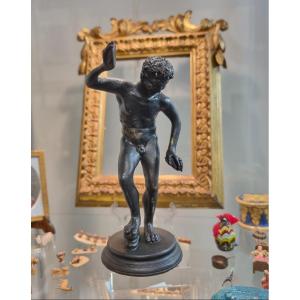








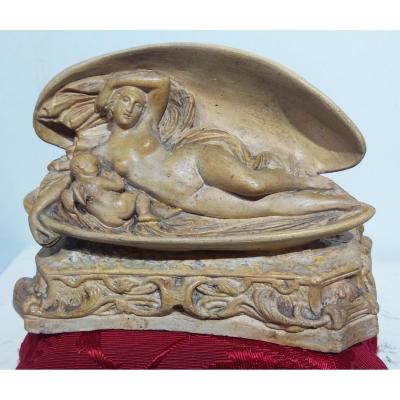


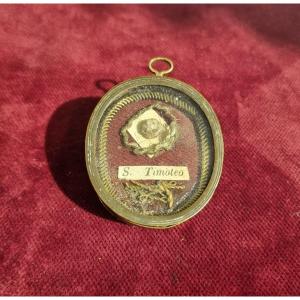


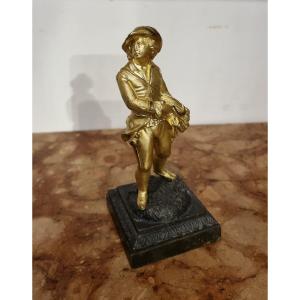
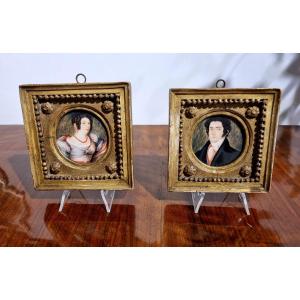

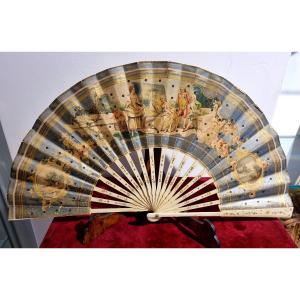




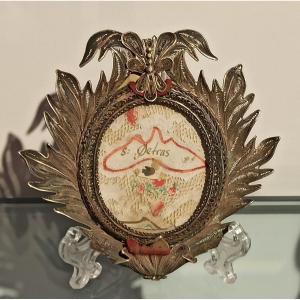
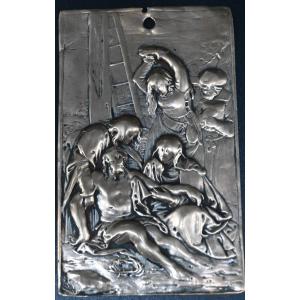

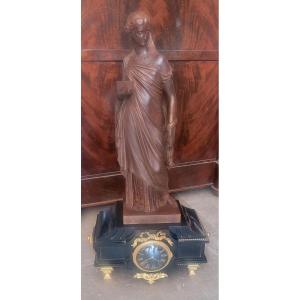

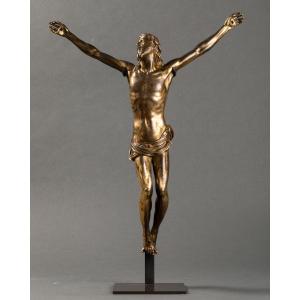



 Le Magazine de PROANTIC
Le Magazine de PROANTIC TRÉSORS Magazine
TRÉSORS Magazine Rivista Artiquariato
Rivista Artiquariato